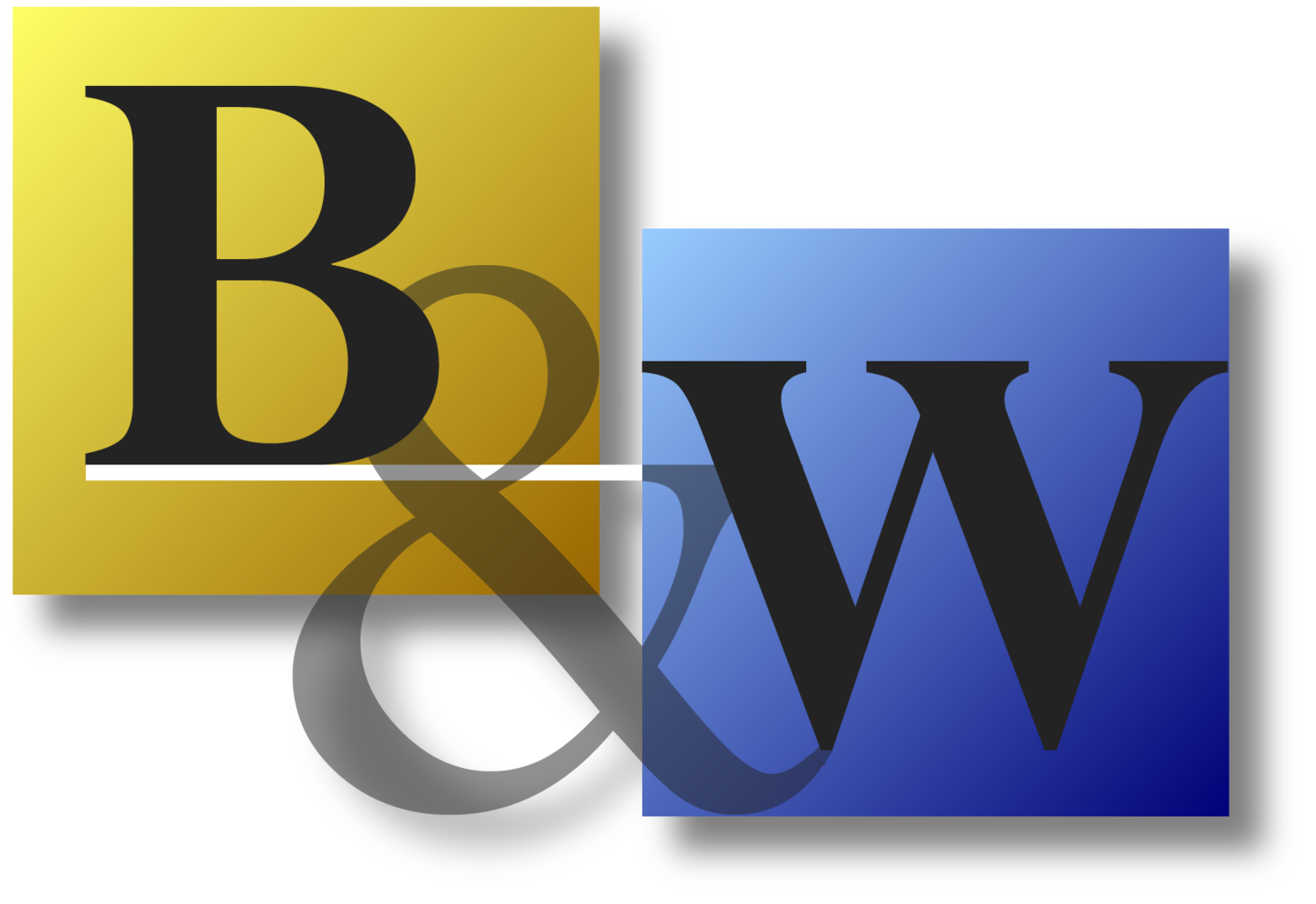Question:
I have used many google images (photos of mass shooters and serial killers) in my documentary. How do I get permission to use them? Is this FAIR USE?
Answer by Brandon Blake, Entertainment Lawyer:
A great question about images sourced from the Internet, and from Google in particular. Having worked with many documentary filmmakers over the years, I know that one of the most problematic issues is often images and videos sourced from Google and other search engines that are perfect for the project but are of unknown and sometimes unknowable ownership.
Over the years a number of advances have been made in terms of royalty free and flat fee image and video houses, most of which are pay or subscription based. However, most of these do not have the massive volume and variety of images available that search engines can provide.
However, a lot of producers do not realize that Google can now be used to search for free-to-use images. Google will filter for images with a Creative Commons license, public domain material, and images with a GNU Free Documentation license. This feature can be used as part of an “Advanced Search” or “Advanced Image Search.” While the licenses sometimes take a little research to find because you must click through to the actual website (the license is not listed by Google), it is less work than going to multiple stock image sites and searching for the royalty free images on each site.
As Google makes clear, online licenses are not 100% certain, since an image might be a collage or composite of multiple images, and it might occur that the artist or webmaster did not license the underlying rights to the work. Moreover, it is possible that a webmaster might make mistakes or that certain images might be filed under a free license by someone without actual authorization to clear the image. However, this is a big step in the right direction and even stock image and footage houses have problems with chain-of-title for images in their libraries.
Youtube also includes a user license that permits re-use of content when the material is not downloaded but simply linked on a website. In this case the key is that the footage cannot be downloaded, but must be linked to in whole, and there cannot be custom code used that blocks cookies or advertising from the linked content. This is useful for website use, although paid commercial use is restricted.
In principle, stock footage can be searched on Google in the same way as discussed above for images, which would include the right to modify the content and download it. However, because most of the video on Google is from Youtube, the same restrictions on downloading and reuse apply that are discussed above. Alternatively, archive.org, Flickr, and Vimeo all provide license based searching of video archives. Again, the same restrictions and limitations would apply regarding the chain-of-title and reliability of the licensing information included.
When preparing a commercial project, it would be advisable to do all of the following:
First, download and print to pdf the licenses. Do not rely on the fact the images and footage were found in a free-to-use image search. Go the extra step of actually saving the documentation for each of the images used.
Second, try to verify public domain claims by actually searching the image source materials or the author with the United States Copyright Office. The largest source of confusion surrounding image and footage licenses involves mistaken claims of “public domain” status. There is no one date before which a copyrighted work must have been made to be in the public domain. There are films from the 1970s that have fallen into the public domain due to errors with the copyright registrations, while other movies from the 1930s are still firmly copyrighted and aggressively protected by studios and distributors.
Third, if you are preparing a work intended for studio or network distribution, have a law firm such as ours provide a clearance letter for the material. As part of the final delivery requirements by any major television or feature film distributor, a clearance letter from a law firm will be required by both the distributor and also by the E&O insurance company. Filmmakers can save a lot of time by first, saving the licenses to all materials used, so that additional research does not need to be done later, and second, by clearing key images and footage early on with a law firm, so that the content does not need to be removed later. The costly part of licensing mistakes is usually the editing time required to remove images and footage that turn out not being available. Contrary to some wishful thinking, in 16 years I have never worked with a distributor or network that licensed the content of a finished project on behalf of the filmmaker as part of the distribution or acquisition agreement. Licensing is always the producer’s obligation.
As with any entertainment matter, please do not make a decision about complex matters without consulting an experienced entertainment lawyer first. I have been representing feature film projects and television series for more than 16 years. Please feel free to contact my office about a quote.
- By Brandon Blake, Entertainment Lawyer
